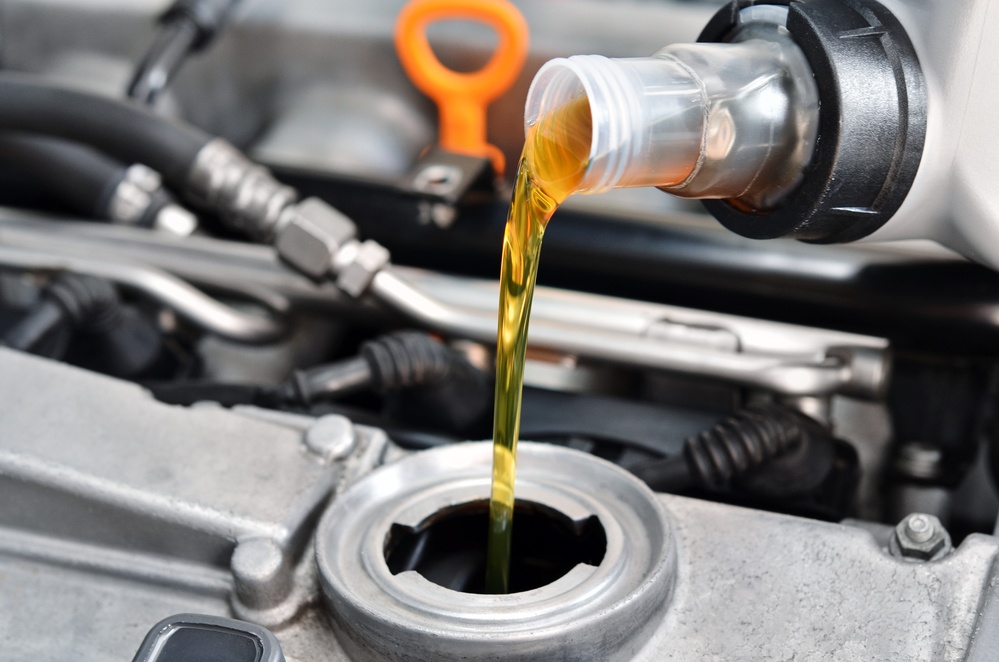What is an Oil Change?
An oil change is when old motor oil is drained from your car and replaced with new oil. This maintenance procedure also includes an inspection and possible replacement of the oil filter.
When Should Oil Be Changed?
Generally speaking, motor oil and oil filters should be changed every 5,000 miles you drive. Car manufacturer manuals vary in their recommended oil change timeframe, ranging from 3,000 to 10,000 miles. It is difficult to set a blanket recommended oil change standard for every vehicle because of the variables of driving. oil change
There are a number of reasons you might want to change your oil more often than every 5,000 miles. For example, if you carry heavy loads, more frequent oil changes may be essential. Other reasons include:
- Older engines
- Driving in hot or cold weather
- Highly aggressive or fast driving
- Carrying large or heavy loads
- Driving on dirt or unfinished roads
Why Change Oil?
When oil isn’t changed as often as it should be it heats up, burns off and no longer acts as an efficient lubricant. An engine that isn’t properly lubricated will wear down quicker as moving parts rub against one another. The motor oil and oil filter also help absorb dirt, water and combustion derivatives that can interfere with engine function. Old oil and filters cannot keep these things out of your engine, leading to engine deterioration. These factors lead to an engine that needs frequent, expensive repairs and eventual early replacement.
What to Do Between Oil Changes?
Between regular oil changes the oil level in your car should be checked every two to three hundred miles. To check your oil level, start by parking your car on an even surface. Remove the dipstick, clean it off and then reinsert it. Take the dipstick back out and check the oil level. If the oil is below or just reaches the “add mark” you are low on oil and should add a quart. When the oil is reaching between the “add mark” and “full mark” you should add a portion of a quart depending on how far between the two marks it reaches. Be very careful not to overfill the crankcase on your car. When too much oil is added the crankshaft can make the oil foamy and difficult to be pumped where it needs to be. This will reduce the lubrication in your engine, leading to increased wear and tear. Consult your mechanic for more information.
*Image courtesy of freedigitalphotos.net





